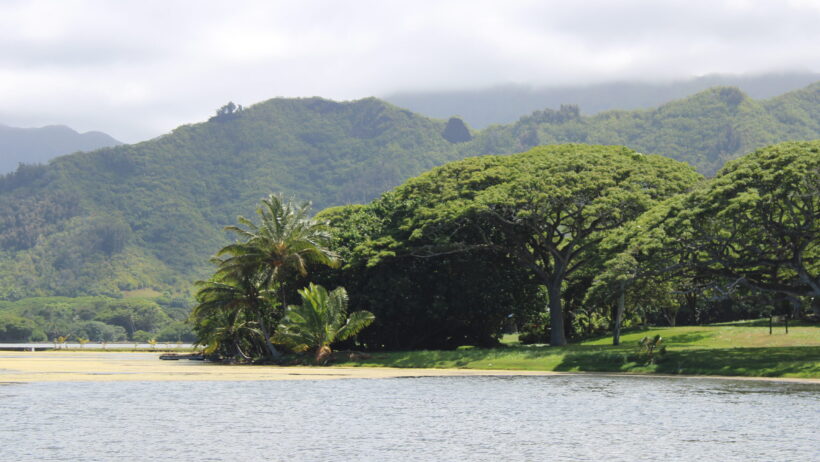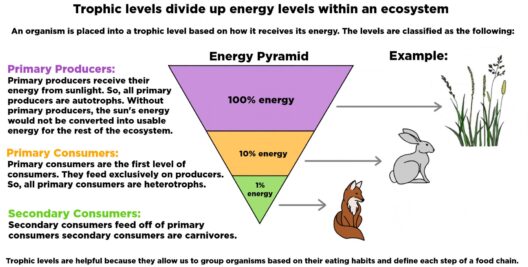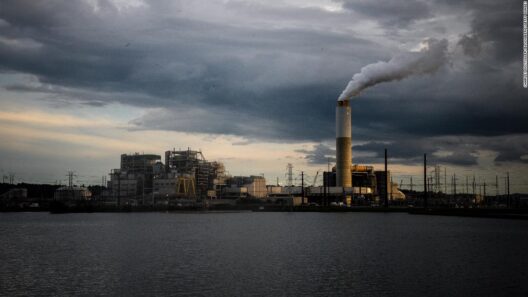As the planet warms, the implications for biodiversity are profound, particularly in tropical regions which are home to a staggering array of species. The phenomena of climate change, coupled with human encroachment, has set off a chain reaction that is reshaping ecosystems. The tropics, characterized by their lush rainforests and unique fauna, serve as a vivid reminder of the delicate balance that sustains life. Understanding how climate change threatens these ecosystems not only reflects a scientific reality but also taps into a deeper connection we hold with nature.
The tropical rainforest, often referred to as the “lungs of the Earth,” plays a pivotal role in carbon sequestration. As vast expanses of vegetation absorb carbon dioxide, they serve to mitigate the effects of greenhouse gas emissions. However, with the rise in global temperatures, this natural capacity is severely undermined. Shifts in temperature and precipitation patterns lead to droughts and altered growing seasons, directly affecting plant growth and, by extension, the diverse organisms that depend on these plants for survival.
One of the most pressing threats to tropical ecosystems is the phenomenon known as habitat degradation. As temperatures climb, species that have adapted to specific microclimates within rainforests find themselves in peril. For example, the vibrant avian populations like the scarlet macaw and the myriad of insect species reliant on the intricate plant life are witnessing not only a decrease in their environment but also competition from invasive species that thrive in changing conditions. This shift can result in an alarming decline in localized biodiversity and the potential extinction of species that cannot migrate or adapt fast enough.
Furthermore, the interdependence of species within these ecosystems compounds the problem. Pollinators, such as bees and butterflies, play crucial roles in maintaining plant diversity, which in turn supports herbivores and the carnivorous species that prey upon them. When any link of this intricate food web is compromised, it creates a ripple effect. A study on the effects of climate change noted that as certain floral species exhibit altered phenology, the timing of flowering and fruiting becomes mismatched with the activity patterns of their pollinators. This disjunction poses existential risks not only to individual species but to entire ecosystems relying on these interconnections.
The impact of climate change does not stop at temperature changes and habitat loss. Extreme weather events are becoming more frequent and intense, further exacerbating the precarious situation faced by tropical species. Hurricanes, floods, and droughts devastate habitats, pushing already stressed species to their limits. The consequences are particularly dire for those species with limited ranges or specialized habitat needs. A prime example can be observed in the plight of various amphibians that thrive in particular niche environments within tropical regions. As climate patterns shift, many of these species are unable to find suitable habitats, leading to dramatic reductions in populations.
Coral reefs, another critical facet of tropical biodiversity, are equally threatened by climate change. Rising ocean temperatures contribute to coral bleaching, a process that disrupts the symbiotic relationship between corals and the algae that give them color and nutrients. Without these algae, corals lose their vibrant hues and become vulnerable to disease and mortality. Moreover, ocean acidification—exacerbated by the absorption of excess carbon dioxide—negatively impacts coral growth and structural integrity. This degradation not only affects marine species inhabiting the reefs but also disrupts the livelihoods of millions of people who depend on healthy marine ecosystems for food, income, and recreational opportunities.
Certain adaptations among tropical species have historically enabled resilience against environmental changes. However, the rapid tempo of climate change is outpacing the evolutionary adaptations that have taken millennia to develop. Species such as the jaguar and the orangutan face significant pressures as deforestation and habitat fragmentation carve up their territories. The barriers created by roadways and agricultural practices isolate populations, impairing genetic diversity and further hindering adaptive potential. Such fragmentation stresses population stability, leading to inbreeding and increased vulnerability to diseases and environmental turmoil.
The socio-economic implications of climate change are also indelibly linked to the plight of tropical species. Indigenous communities, often reliant on local biodiversity for their cultural practices, medicinal needs, and subsistence, face existential challenges as their environments transform. The erosion of their traditional knowledge systems and the encroachment of industrial agriculture and logging further jeopardize both their way of life and the ecosystems they have protected for generations. The intrinsic value of biodiversity transcends mere numbers; it embodies cultural identity and heritage that are at risk of being lost forever.
To ameliorate these dire circumstances, concerted global efforts are essential. Addressing climate change requires reducing greenhouse gas emissions, promoting sustainable land-use practices, and investing in conservation initiatives. Efforts must prioritize ecosystem restoration and the establishment of protected areas, providing sanctuaries for endangered species. Beyond that, fostering a global culture of environmental stewardship is vital. Education and awareness campaign can galvanize individuals to take action, reinforcing the intricate connection between their lives and the health of tropical ecosystems.
Climate change poses unparalleled challenges to tropical species and ecosystems, but it also offers an opportunity for humanity to forge a renewed commitment to conservation. As we stand at a crossroads, the choices made today will determine the fate of countless species and the ecosystems that sustain them. The vibrant tapestry of life that characterizes these tropical realms could quickly fade into memory without concerted action. It is not only our duty to protect but also to be inspired by the remarkable resilience of nature in the face of adversity.







